
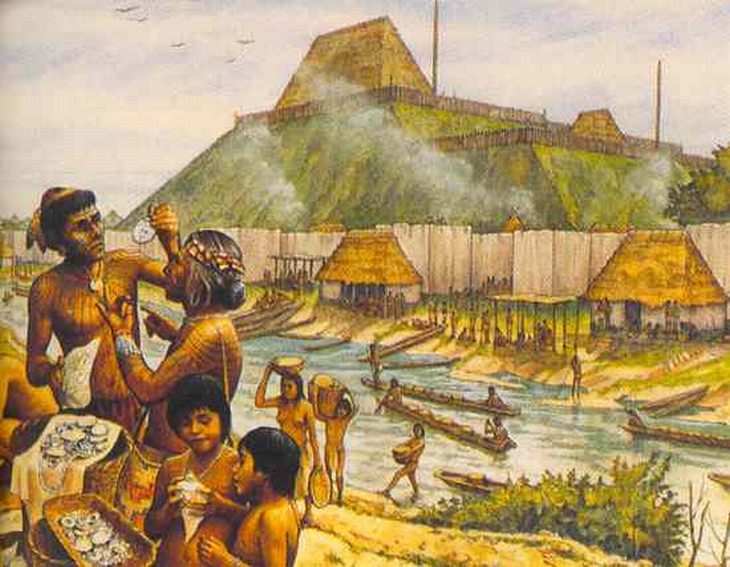
The remains of an ancient indigenous American city lie at Cahokia Mounds State Historic Site near Collinsville, Illinois. It’s the largest archaeological site related to the Mississippian culture and is thought to have been inhabited between 600 and 1400AD.
The Mississippian culture was home to advanced societies that flourished in central and eastern North America more than five centuries before Europeans set foot on the continent. In addition to being a national historic landmark and protected site, it’s also one of only 20 UNESCO World Heritage Sites within the territories of the USA.
At its height, Cahokia was the largest urban center to the north of the great Mesoamerican cities of Mexico. It was home to just 1,000 people before the year 1050, but its population exploded after that. In fact, Cahokia’s population was larger than that of London in the year 1250.
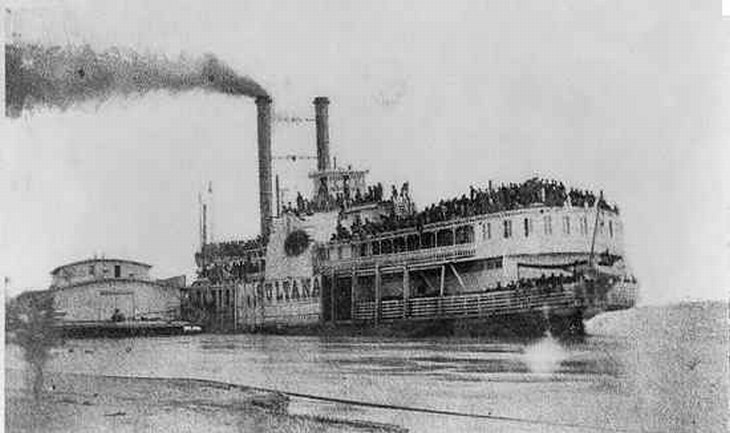
The greatest maritime disaster in US history isn’t talked about often, which is surprising considering that it claimed between 1,800 and 2,400 lives. On April 27th, 1865, a Mississippi River paddle-wheeler named Sultana lost one of its boilers in an explosion, resulting in the devastating loss of life.
She sank not far from Memphis, Tennessee. The reason for her sinking being largely forgotten is the time in which it happened. It followed the assassination of President Abraham Lincoln during the closing weeks of the American Civil War. In fact, most of the passengers were Union soldiers from Ohio, having just been released from Confederate prison camps like Cahawba and Andersonville.
At about 2 am on that fateful night, a terrifying explosion sent some of the passengers on deck into the water, destroying a good portion of the ship in the process. The hot coals that scattered as a result of the explosion turned whatever was left of the ship’s superstructure into a blazing inferno.

This polymath, who lived in Persia between 789 and 857 AD, was knowledgeable in a truly extensive range of subjects. Ziryab was a poet, musician, singer, cosmetologist, fashion designer, celebrity, trendsetter, strategist, astronomer, botanist, geographer and, most surprisingly, a former slave.
Although most people have never heard of this shadowy figure, he is responsible for inventing the concept of a three-course meal, as well as introducing the use of crystal glasses for drinking. He also helped to introduce asparagus and other vegetables into people’s diets, as well as contributed greatly to changes and additions in the music world.
Other things that are credited to Ziryab are the popularization of short hairstyles for men, and the concept of wearing season-appropriate clothing. Think we’re done? Nope – there’s even more. The man came up with pleasant-tasting toothpaste, invented underarm deodorant, and was even the very first proponent of bathing twice daily.

A particular oddity about this story is that the Great Chicago Fire, which happened on the same day but was actually much smaller, is one of two disastrous fires to break out on October 8th, 1871. Some 1,200 to 2,500 people lost their lives in Peshtigo, Wisconsin after a fire that would eventually destroy over 1,875 square miles of land broke out.
The deadliest fire in the history of the United States spread to the cities of Holland and Manistee, Michigan, and the same fate also befell Port Huron at the southern end of Lake Huron. It was so intense that it managed to jump over the waters of Green Bay,
Witnesses said that the firestorm generated a tornado powerful enough to throw railcars and houses into the air. The inhabitants of the area that survived jumped into the Peshtigo River, or jumped into wells to escape the horrifying inferno.
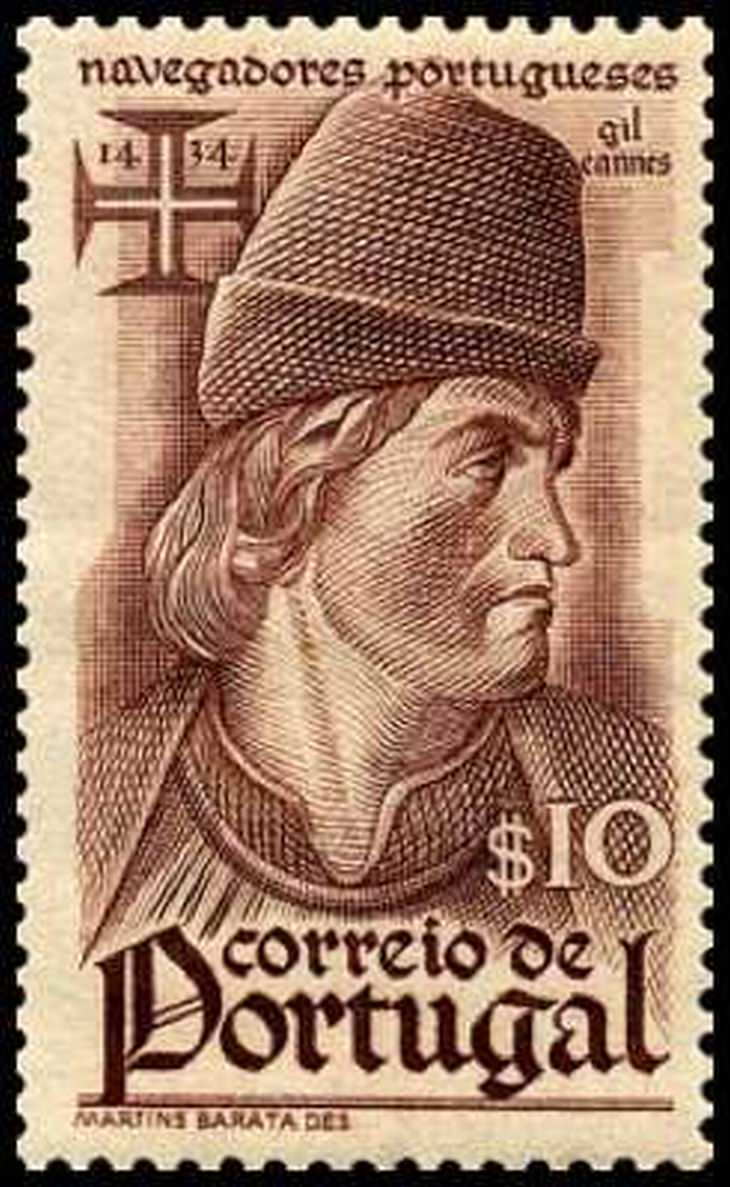
Back in 1434, conventional wisdom stated that the sun was boiling hot at the Equator, so sailing further south of Cape Bojador on the west coast of Africa was believed to make a ship burn to powder, but Portuguese explorer Gil Eannes was the one to pass the point of no return.
His landmark journey opened up new territory both on land and in the mind, hailing the start of the golden age of Portuguese exploration. He dispelled myths of antipodean monsters and effectively began the European age of discovery.
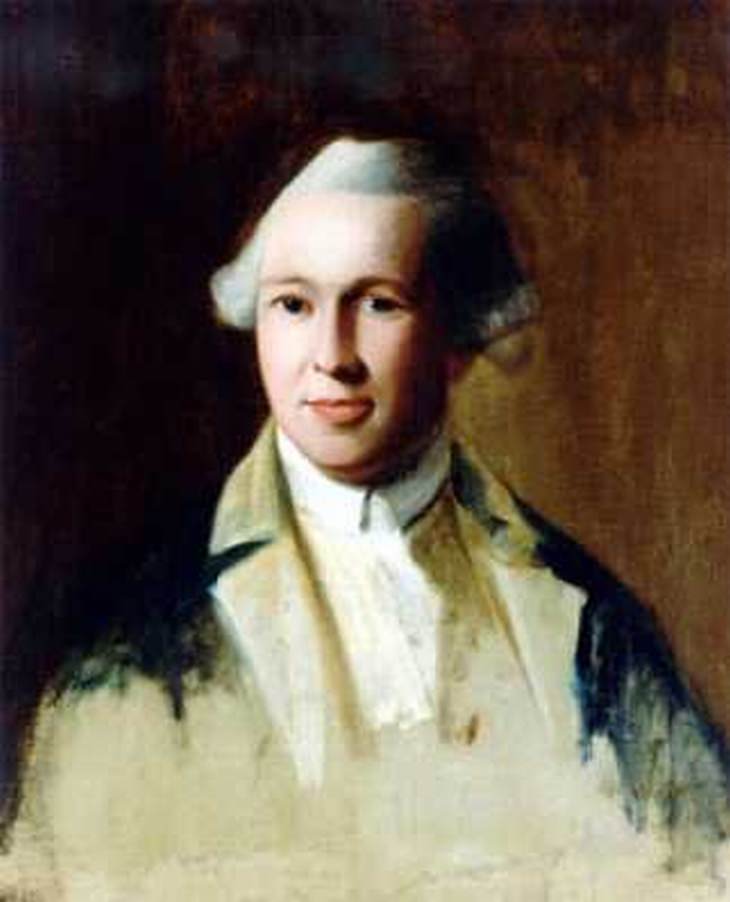
During his lifetime, many considered Joseph Warren to be the true architect of the American Revolution. Not only was he one of the key figures in one of the most famous tea parties, but he also wrote a set of Resolves that actually served as a blueprint for the very first autonomous American government.
Furthermore, Warren also delivered a speech that sparked the first battles of the Revolutionary War, and was the only Patriot leader to risk his life in battle against the British prior to the Declaration of Independence.
In spite of his significance and being surrounded by the biggest names of his era, Warren has largely been lost to history.

This 17th-Century Baroque artist could only have hoped for the same level of fame as his counterparts when he was alive. In fact, it took until the 20th Century for Georges de La Tour’s astounding works of art to become widely recognized.
He painted mostly religious scenes by candlelight and was actually known as the Painter to the King. Not much of his work survives in the present day, and he probably would have remained in obscurity if the German scholar, Hermann Voss, hadn’t come across his work in 1915.
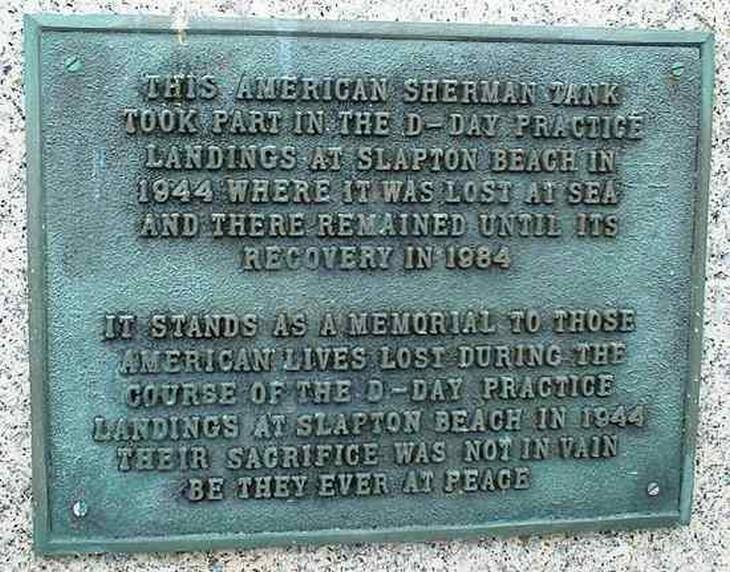
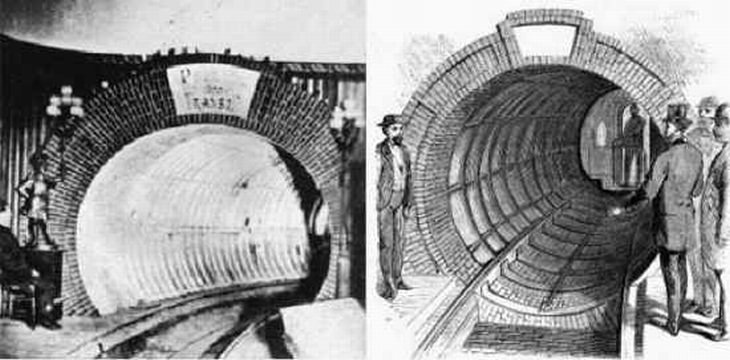

Caliph Harun al-Rashid, who reigned over the Abbasid Caliphate between 786 and 809AD, took it upon himself to gather all the world’s knowledge in one place, resulting in the creation of the House of Wisdom.
It was initially started as a private library for the caliph, but it eventually morphed into an unparalleled center for the study of humanities, Islamic science, mathematics, astronomy, medicine, alchemy, chemistry, zoology and geography.
Drawing on the knowledge of the likes of Pythagoras, Plato, Aristotle, Hippocrates, Euclid, Plotinus, Galen, Sushruta, Charaka, Aryabhata and Brahmagupta, the House of Wisdom was probably the single greatest collection of knowledge in the world – that is until the Mongols besieged Baghdad and sacked the library in 1258.
Content and image source: ListVerse